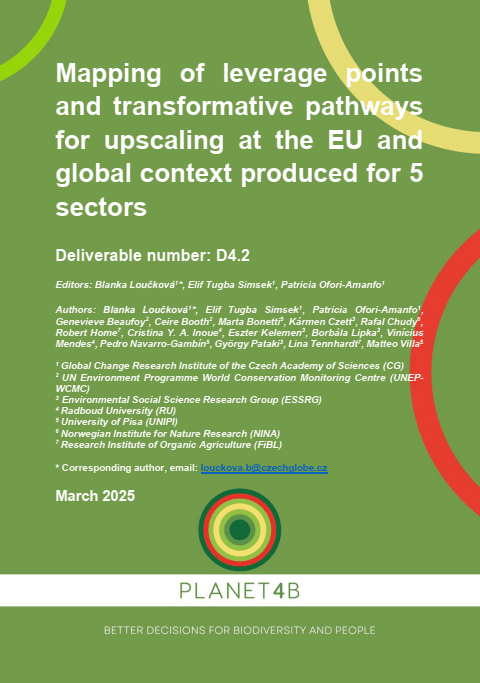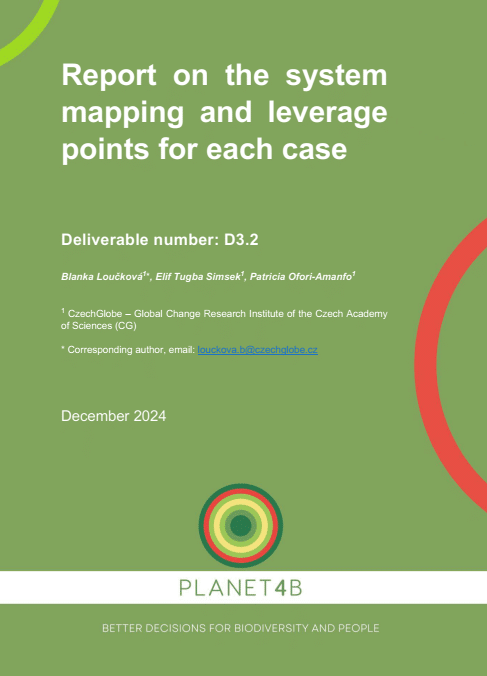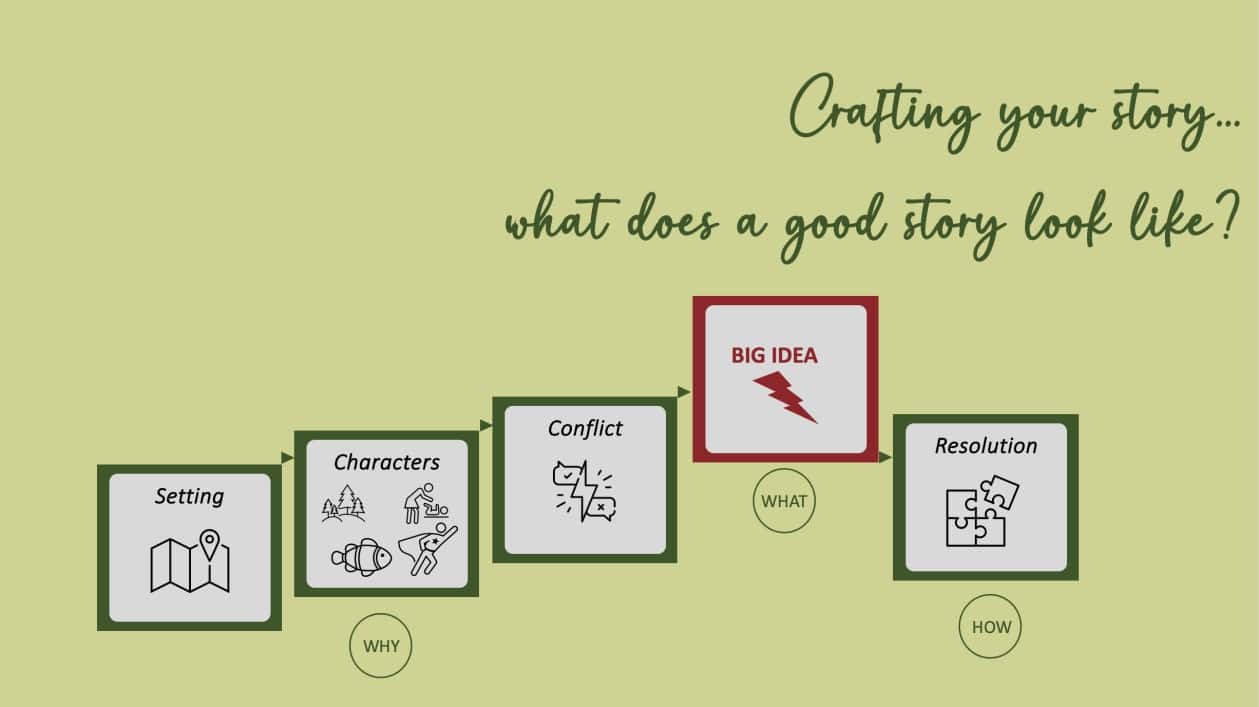Project documents
Read and download the materials, reports and publications developed throughout the project.
Latest documents
- Biodiversity brief intersectionality PolicyResearch brief
The Road to Global Impact: Scaling Transformation in the EU & Beyond
Current main trends in the five key sectors —agriculture, education, the fashion industry, finance, and trade— contribute to biodiversity loss by driving resource exploitation and overuse through globalised, standardised systems. PLANET4B’s research report Mapping of Leverage Points and Transformative Pathways for Upscaling in the EU and Global Context for Five Sectors identifies key leverage points [...]
- Behaviour Biodiversity intersectionality Policy researchResearch report
Mapping of leverage points and transformative pathways for upscaling at the EU and global context produced for 5 sectors
This report maps leverage points and transformative pathways for enhancing transformative change in five sectors – agriculture, finance, trade, education, and fashion– across both EU and global contexts, based on the analysis conducted within the PLANET4B project and drawing from six extensive sector based cases within this project.
- Behaviour Biodiversity intersectionality researchResearch report
Report on the system mapping and leverage points for each case
This report summarises the results of system mapping and leverage points from all case studies conducted within the PLANET4B project, which aims to foster transformative change in biodiversity decision-making. […]
All documents
- Biodiversity brief intersectionality PolicyResearch brief
Current main trends in the five key sectors —agriculture, education, the fashion industry, finance, and trade— contribute to biodiversity loss by driving resource exploitation and overuse through globalised, standardised systems. PLANET4B’s research report Mapping of Leverage Points and Transformative Pathways for Upscaling in the EU and Global Context for Five Sectors identifies key leverage points that could trigger systemic change in these sectors. Its policy recommendations provide guidance on integrating [...]
- Behaviour Biodiversity intersectionality Policy researchResearch report
This report maps leverage points and transformative pathways for enhancing transformative change in five sectors – agriculture, finance, trade, education, and fashion– across both EU and global contexts, based on the analysis conducted within the PLANET4B project and drawing from six extensive sector based cases within this project.
- Behaviour brief PolicyResearch brief
Exploring System Mapping and Leverage Points for Transformative Change
Who needs to be convinced that children with disabilities should have opportunities to connect with nature and experience its closeness? Can a local chef, a religious leader, or a school principal play a key role in preserving biodiversity? Can Amazonian Indigenous communities influence the ecological footprint of Europeans? What could replace fast fashion if we want to protect the planet? These questions were among those explored by participants of the PLANET4B [...]
- Behaviour Biodiversity brief intersectionality PolicyResearch brief
The success of any research is based on well-defined theories and on the accurate methodology used by the researchers. But working on transdisciplanry researches can be a special challange. What is the key to find a common language and develop a common working methodology between the academic researchers, practice partners and the societal stakeholders? How can we apply theoretical frameworks into research and how do we manage the limitations? Read about [...]
- Behaviour PolicyResearch brief
The PLANET4B partnership shares their experiences on storytelling methodology in a comprehensive report, with 11 envisaged case study stories of change, potential policy recommendations, theories of change, and leverage points.
- Behaviour PolicyWorkshop report
The document summarises the results of the workshop on ‘theory of commonalities and conflicts’. The report provides a methodological description of the two-day workshop, where participants analysed the case studies of the project, using creative methods and an interactive approach. Which areas connecting strongly to biodiversity are covered in the case studies? What sort of creative methods did the participants used so far to develop each case study? Which theories [...]






